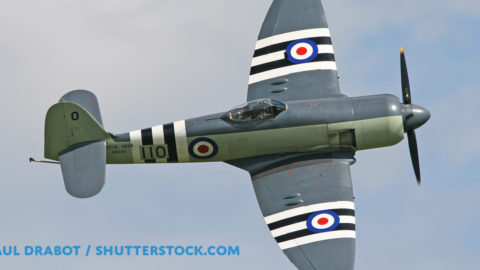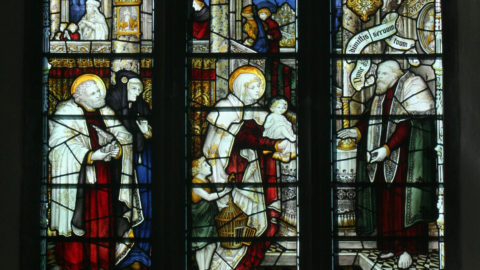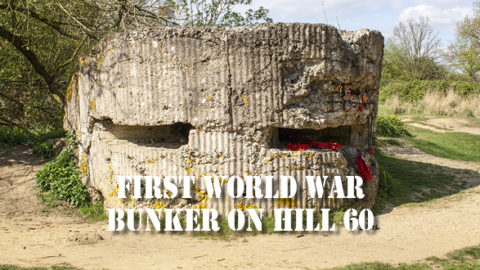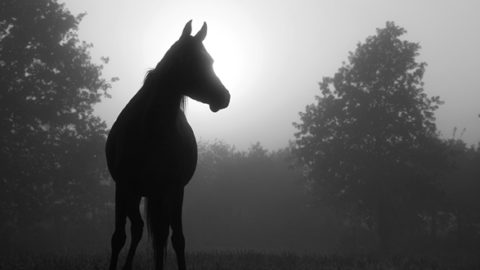Sheffield Park’s Contribution To Cricket
Sheffield Park’s Contribution To Cricket
Located between Haywards Heath and Uckfield, Sheffield Park Garden is home to a beautiful landscape garden dating back to the 18th Century. As well as having a special place in the world of all things horticultural, the garden, and the cricket ground has contributed to the sport globally including as far a field as Australia, as The Ashes commences this month, RH History Uncovered looks at Sheffield Park’s contribution to cricket.
As the male national teams of England and Australia lock horns in The Ashes this month in the First Test of this year’s cricketing contest at Edgbaston, 135-years-ago, Sheffield Park in East Sussex was hallowed sporting ground as it hosted England’s dual with the first Australian side to win The Ashes on English soil.
Sheffield Park Garden originally formed part of the large estate of a gothic country house, Sheffield Park House, today, the garden is owned by the National Trust. The estate was first owned by the West family and then by the Soames family until 1925, before it was sold by Arthur Granville Soames.
In 1876, the third Earl of Sheffield organised for a cricket field to be established on the estate, the pitch would go on to play a leading role eight years on, in one of cricket’s biggest rivalries when on May 12, 1884 the two-sides met in a fixture ahead of the first series of The Ashes to take place on English soil.
In the sporting dual in East Sussex, the Australian team would go on to beat the hosts by an innings and six runs. The lord’s contribution to cricket did not stop in England, in 1891, he donated £150.00 to the New South Wales Cricket Association which established a competition – the Sheffield Shield.
From 1881 to 1896, Lord Sheffield’s XI played nine first-class matches at the venue, the last of which came against a touring Australian side. During this match, it is believed 25,000 spectators attended the match for free, Lord Sheffield never charged for people to come and watch matches at the ground.
Cricket fanatic Lord Sheffield had an octagonal pavilion built between 1881 and 1882, and later a separate ladies pavilion was added. Following Lord Sheffield’s death in 1909, cricket declined at the estate’s ground, and during the First World War the ground was requisitioned for farming useage.
Ten years-ago, at a time when The Ashes was once again underway, a new square was
laid, a pavilion built and the outfield was restored, the ground’s reopening was marked with a match between an Old England XI and a Lord Sheffield Australian XI, featuring John Snow, Martin Bicknell, and Rodney Hogg.




